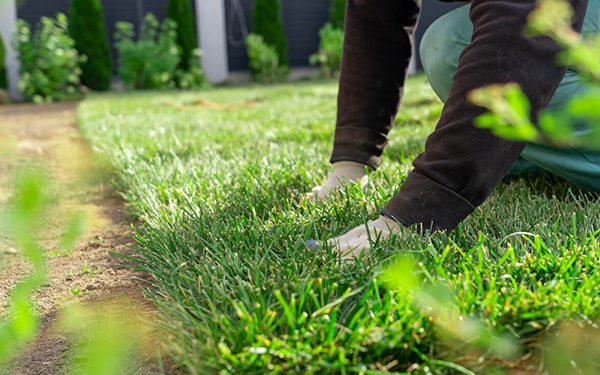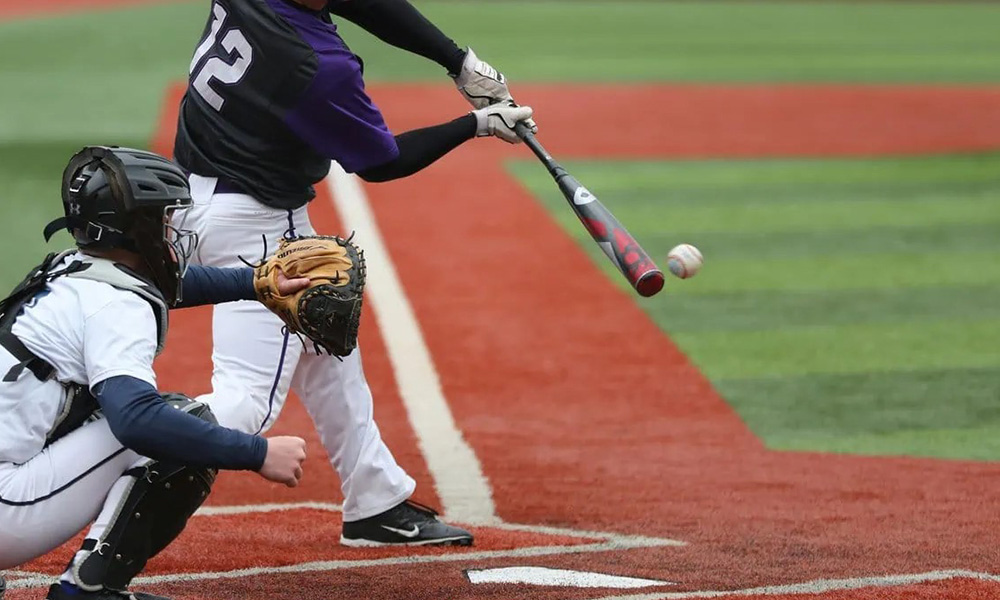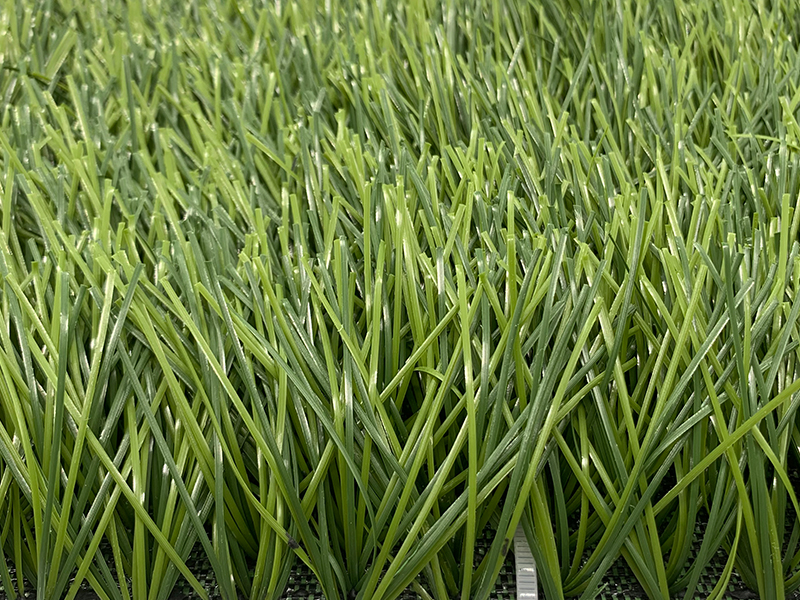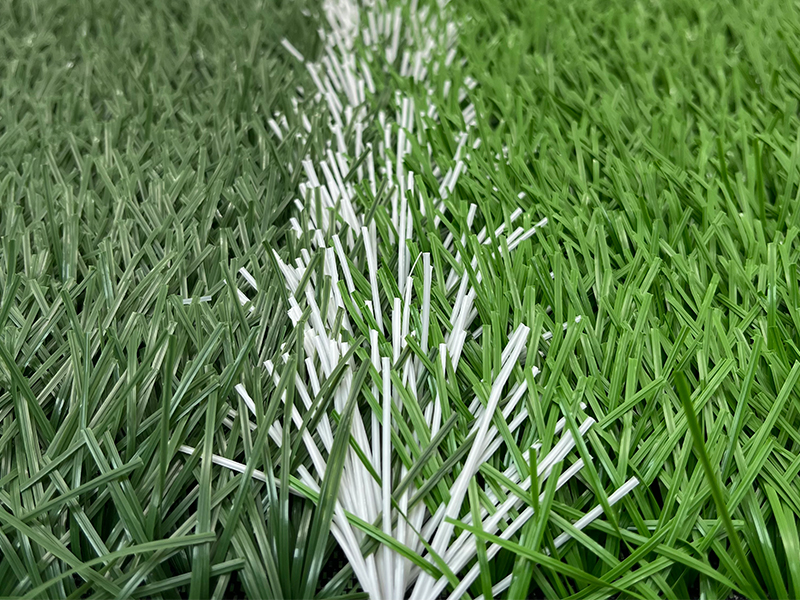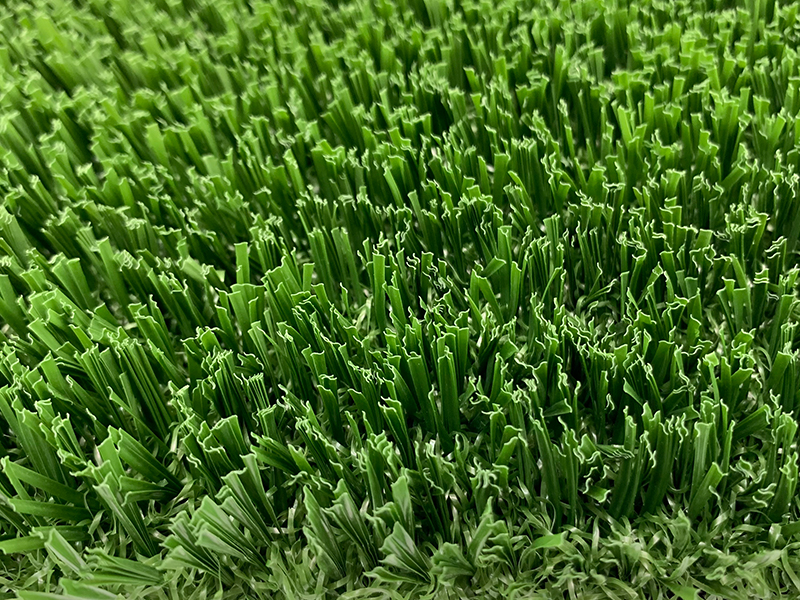Can I Lay Artificial Turf Directly On Soil?
Many people worry that artificial turf laid directly on soil will be unstable and easily damaged. However, artificial turf can actually be laid directly on the soil surface. As long as standardized construction procedures are followed and proper foundation preparation and maintenance are performed, it not only avoids problems like loose soil and weed growth, but also offers a low-cost, highly adaptable solution for gardens, patios, and family playgrounds, balancing a natural appearance with long-term durability.
Why is laying directly on soil feasible?
The key lies in "proper foundation preparation": Although soil is softer than concrete or asphalt, the steps of "cleaning and removing impurities → compacting and shaping → reinforcing with auxiliary layers" create a stable load-bearing base. Combined with auxiliary materials like weed control cloth and quartz sand, these solutions address the challenges of soil settling and weed penetration, extending the turf's lifespan to 8-10 years (not much different from other bases), while reducing construction costs and causing less damage to the existing ground structure.

Complete Guide to Laying Artificial Turf Directly on Soil
1. Soil Pretreatment
Key: Make the Soil "Hard and Drain Fast"
Cleaning and Debris Removal: First, thoroughly remove weeds, tree roots, rocks, and construction debris from the soil surface. Deep-rooted weeds (such as dandelions and foxtail grass) should be removed in particular. If there are many weeds, spray with a low-toxic, low-residue herbicide (avoid using highly toxic herbicides to prevent corrosion of the turf backing). Once the weeds have withered, clean them up.
Compacting and Shaping: Use a tamper or heavy roller to repeatedly roll the soil until it's firm (no visible indentations when stepped on). Also, adjust the slope to 1%-2% (in the direction of drainage) to prevent water accumulation later.
Tip: Sprinkle a small amount of water before compacting (just moisten the soil, not muddy) to compact the soil particles and reduce the risk of subsidence.
2. Laying the Supplementary Layer
Key: Weed Control and Enhanced Drainage
Optional: Gravel Drainage Layer: If the area experiences heavy rainfall or has heavy clay soil (which drains slowly), apply a 5-10 cm thick layer of gravel (5-20 mm diameter) and compact it to create drainage channels. This can be omitted for simplicity, but ensure the soil slope is adequate.
Required: Weed Control Sheet: Lay the weed control sheet over the soil (or gravel layer), overlapping the edges by 10 cm. Secure with 2-3 staples per meter. Be sure to cover all exposed areas and avoid gaps where weeds can penetrate.
3. Laying Artificial Turf
Key: Leveling and Securement
Turf Pretreatment: Unroll the turf roll and let it sit for 4-6 hours (to allow the turf to naturally expand and eliminate wrinkles).
Jointing and Securing: When joining multiple rolls of turf, ensure the turf strands are aligned (to avoid visual gaps). Use special jointing cloth and turf glue to seal the seams (avoid stepping on the glue before it dries). Secure the turf with U-shaped staples every 50 cm along the edges and center of the turf to prevent shifting.
4. Finishing: Filling and Initial Maintenance
Filling granules: Apply quartz sand (or environmentally friendly rubber granules, suitable for pet/children areas) at a rate of 5-8 kg per square meter. Use a stiff-bristle brush to work the granules into the roots of the turf strands to secure them and improve foot comfort.
Initial Cleaning: After laying, hose down the surface to remove any dust and any remaining granules or debris.
These 6 Key Points Determine the Lifespan of Your Lawn
Don't Skimp on the Foundation: Uncompacted soil will settle within 1-2 years, causing the lawn to bulge. No slope or insufficient slope will allow water to accumulate during rainy days (damaging the lawn backing and causing a musty odor).
Don't Use Substitutes for Weed Screening: Never use plastic film in place of weed screens—it's airtight and doesn't drain, trapping moisture in the soil and accelerating lawn damage.
Choose a "low-toxic" herbicide: Avoid strong residual herbicides like paraquat. Pre-emergent herbicides (which only inhibit weed germination without damaging the lawn) are recommended. Wait one week between applications before laying the lawn.
Regularly Check for "Soil Risks": The soil base is susceptible to damage from plant roots (from surrounding trees and weeds). Check the lawn edges monthly (if weeds emerge, remove them immediately and replace the weed screen). Be wary of "small animal damage": Ant nests and mole holes can hollow out the soil base. Immediately treat with an environmentally friendly repellent (avoid poison bait to avoid soil contamination).
Maintain regularly: Clean fallen leaves and debris weekly to prevent clogging of drainage holes, and rinse the surface monthly. If you notice any areas of subsidence, refill the lawn with soil and re-compact it.
As long as you follow these steps and precautions, laying artificial turf directly on soil is not only feasible but also practical and economical. It retains the convenience of a soil base while offering the durability of a hardened base, making it an ideal choice for homes.
The Versatility of Artificial Turf
-
Sports Fields: Suitable for football fields, tennis courts, golf greens, etc. Impact-resistant, with stable rebound, and capable of withstanding high-frequency use.
-
Residential Spaces: Suitable for courtyards, balconies, and rooftop gardens. Evergreen year-round, requires no mowing or watering, resulting in low maintenance costs.
-
Commercial/Public Areas: Ideal for shopping mall atriums, hotel landscaping, and park walkways. Stain-resistant and easy to clean, enhancing the aesthetics of the space.
-
Special Applications: Can be used as school playgrounds; environmentally friendly, safe, and non-toxic. Ideal as a pet play area; slip-resistant and wear-resistant. Ideal as interior decoration; provides sound insulation and vibration damping.
When is the best time to lay artificial turf?
The optimal time to lay artificial turf is during the warm, dry seasons, primarily spring and summer. Warm climates ensure the adhesive dries and cures fully, providing a suitable environment for installation. Artificial turf expands and contracts with temperature changes. If laid in cold weather, the turf shrinks significantly, and as temperatures rise, it expands, causing sagging and wrinkling, affecting both appearance and lifespan. Conversely, humid, rainy seasons hinder adhesive drying and can lead to water accumulation in the subgrade, affecting installation stability.
For some regions with specific climates, summer may be the only option, effectively avoiding the problems of damp weather. For best installation results, it is recommended to install when the temperature reaches approximately 16°C or higher. UNIGRASS's turf fiber materials and fast-curing adhesives are compatible with the installation needs within this temperature range, preventing thermal expansion and deformation even during mild summer months, ensuring a smooth and durable turf.
Five questions you must ask when hiring an installer
-
What is your foundation treatment plan? What specific layers of material are included, and what is the thickness of each layer?
-
How will you ensure drainage? Will you handle slope treatment?
-
What type of weed control fabric will you use and how will it be secured?
-
Can you provide on-site photos or case studies of previous projects for reference?
-
Does the quote include all materials and final cleanup?
